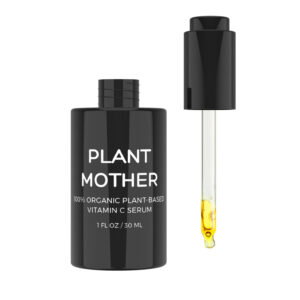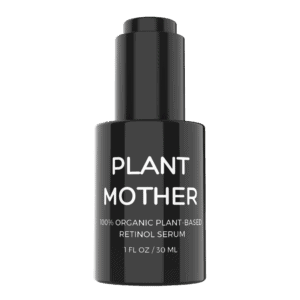Tretinoin Purge – How To Identify and Avoid The Purge
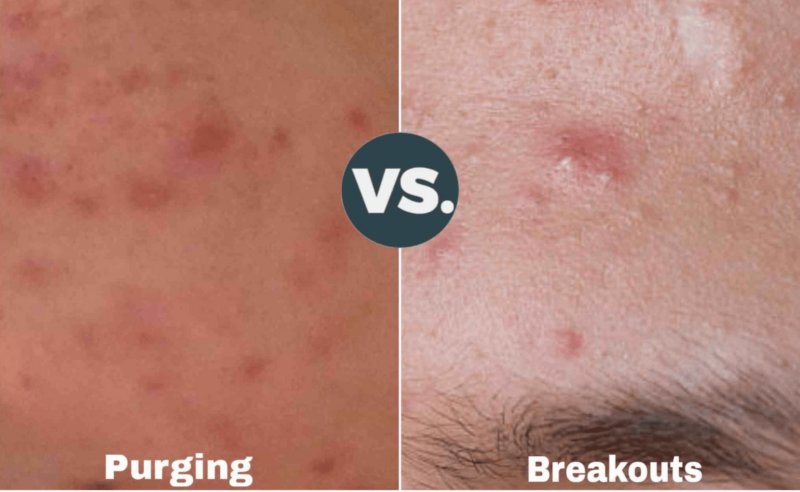
When suffering from severe acne or using a prescription anti-aging treatment, the last thing you want your medication to do is make your skin look worse. But purging from tretinoin is extremely common and may actually be beneficial to your skin’s overall health.
That said, we understand that you might want a way to skip the purge step and go straight to fabulous skin. This article will lay out what tretinoin is, why it causes skin purging, and alternative products you can use to avoid the tretinoin purge. We will address the following:
- What is a Tretinoin Purge?
- Do You Purge On Tretinoin?
- Most Common Side Effects of Tretinoin
- Best Products to Use to Avoid Tretinoin Purge
- Phases of a Tretinoin Purge – How to Recognize a Tretinoin Purge
- How Long Does a Tretinoin Purge Last?
- In What Way Does Tretinoin Treat Acne?
- How Does Tretinoin Work for Anti-aging?
- Tretinoin Use – Are There Dangers?
- What Can You Do About a Tretinoin Purge?
What is a Tretinoin Purge?
Purging is what happens when your skin cleans itself. It is often triggered by introducing a new product into your routine. Skin purging is similar to when you go through your closet and pull all of the junk that you never wear out. It is ultimately a good thing because you want all the gunk out, but the process can look ugly. Purging can look like acne and cause your skin to pimple. However, it is actually a sign that a product is penetrating deep into the pores and pushing dirt and bacteria out. For more information, see our article on skin purging.
Most Common Side Effects of Tretinoin
Tretinoin can cause dryness, sun sensitivity, and a mild burning sensation upon application. The risk of tretinoin side effects like burning and sun sensitivity are the same in acne patients and anti-aging patients. However, because aging skin skews dryer and has more trouble retaining moisture, the risks of excessive drying and flaking may be higher.
It’s important to be aware of how your tretinoin treatment might interact with other products in your skincare routine. Additionally, you should know the difference between tretinon vs retinol. To minimize the risk of adverse interactions, avoid products that contain BHA’s, AHA’s, or drying alcohols.
Best Products to Use to Avoid Tretinoin Purge
If you want the anti-aging benefits of retinol without purging, go for an all-natural botanical formula. Plant Mother’s Retinol Serum uses a cocktail of plant-derived antioxidants in addition to Bakuchiol oil. Bakuchiol offers the same anti-aging benefits as retinol but without redness or irritation.
Plant Mother’s Retinol serum doesn’t cause skin purging. Therefore, you won’t experience any of the redness, dryness, or sun sensitivity commonly associated with Tretinoin. This is because of a botanical formula that relies on natural provitamin A that is as powerful long-term as prescription-based Tretinoin, but without side effects.
The Bakuchiol oil in the Plant Mother Retinol serum is gentle on the skin. A 2018 paper found that retinoids and Bakuchiol have the same anti-aging results, while Bakuchiol has none of the adverse effects of retinoids. In addition to its anti-aging benefits, Bakuchiol combined with other botanic extracts has proven to be more effective at treating acne than other harsh medications. Therefore, it’s important to know the difference between Bakuchiol vs retinol and to use the products that won’t cause any purging.
What Can You Do About a Tretinoin Purge?
Before we detail how to avoid or mitigate tretinoin purging, it’s important to note that if you have been prescribed tretinoin by a medical professional, please consult your dermatologist before discontinuing your current treatment or adding additional retinoids to your routine.
To avoid the purge, use all-natural, plant-based retinol serum, as we explained why this is the best product for your short and long-term skin health and appearance.
Unfortunately, there’s not much you can do once a tretinoin purge starts other than keeping your skin clean and hydrated. Some sources recommend using a niacinamide and vitamin C treatment to help fight inflammation, but the most common advice is to start your applications off slow and to prepare your mental health for the journey ahead. Practicing mindfulness is a great tool for managing frustrations and feelings of hopelessness. Remember, achieving healthy and good-looking skin is a journey. Be patient and stay positive.
Phases of a Tretinoin Purge - How to Recognize It
Phase 1: Mild irritation – The first phase of tretinoin purging looks like clusters of red blotches and may be accompanied by itchiness. During this phase, your skin may experience a sharp decrease in oil production, so it’s important to have a nourishing moisturizer at the ready.
Phase 2: Pimpling – During this phase of tretinoin purging, the skin really starts pushing everything out. Keeping the skin clean to prevent infection is your top priority. Follow your cleanser up with gentle botanical serums and moisturizers free of sensitizing ingredients.
Phase 3: Scarring – After the skin has gotten rid of all the gunk, it may be left with pitted or discolored scars. The discoloration will fade with continued use of tretinoin or the addition of a non-irritating botanical vitamin C serum. Pitted scars will also fade over time, but might require micro-needling or other medical treatments to expedite the process.
Phase 4: Peeling – Now that your skin has completely renewed itself, the old, dead, dry top layer of skin can flake off. This looks like any other scaly patch of dry skin, but a lot bigger. During this stage, it’s super important to keep the skin clean without stripping it of natural oils. Try using a nourishing oil or balm cleanser to achieve this.
For more information on how to differentiate a purge from a normal breakout, check out our article on more general skin purging.
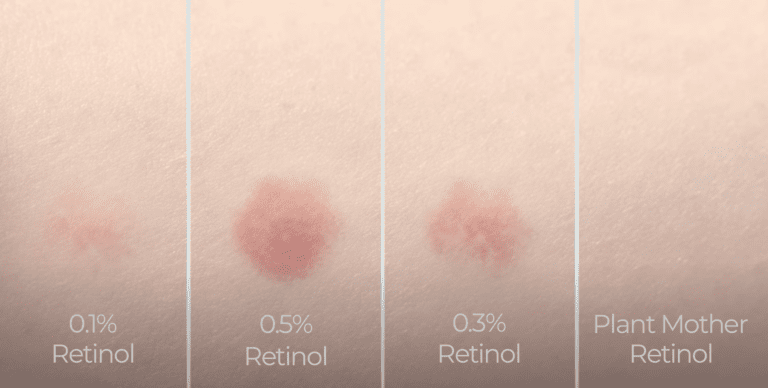
How Long Does PURGING LAST WITH TRETINOIN?
Often it lasts three to twelve weeks unfortunately. This means it’s crucial to know what you’re getting into before you start treatment. If your purge lasts longer than three months or you are concerned that your purge won’t stop, consult your doctor before making any alterations to your treatment plan.
According to the Mayo Clinic, tretinoin purging can begin as late as three weeks into treatment and patients often won’t see improvement in their acne for up to twelve weeks.
HOW DOES TRETINOIN TREAT ACNE?
Tretinoin is a retinoid in the vitamin A family. It is used by dermatologists to treat acne and as an anti-aging treatment. Tretinoin is not available over the counter in the United States and must be prescribed by a dermatologist. It comes as a topical cream which dermatologists often recommend you use on a nightly basis or in the form of a pill taken once or twice a day.
Tretinoin works by stimulating the skin to increase its cell turnover rate. When treating acne, this function is useful because it allows the skin to push the dirt and bacteria which causes acne out more effectively. Tretinoin, and other retinoids, also help your skin regulate its sebum production which can help prevent acne from recurring. In addition to fighting pimples, increasing the skin’s cell turnover rate can help erase acne scars.
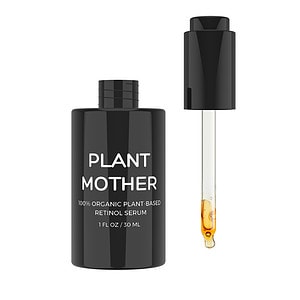
How Does Tretinoin Work for Anti-aging?
As previously mentioned, Tretinoin works by increasing the skin’s cell turnover rate. When it comes to anti-aging, this process helps the skin renew itself more efficiently. Your older, dead skin cells are replaced by younger, fresher ones more frequently. Additionally, the increased cell turnover rate also helps stimulate collagen production which gives your skin more firmness and elasticity.
In addition to its wrinkle-fighting properties, tretinoin can also erase sun spots and age spots. Because skin in need of anti-aging treatment tends to be dryer, doctors recommend using tretinoin every other day to avoid excessive drying. Or, even better, switching to plant-based retinol instead of harsh chemical tretinoin.
Tretinoin Use - Are There Dangers?
While it is incredibly rare, it is possible to overdose on tretinoin. A “dose” of tretinoin is considered one topical application or one recommended quantity of oral medication. An overdose happens when one overapplies tretinoin to the skin and the body reacts negatively to the overabundance of the drug it absorbs into the bloodstream. Signs of a possible overdose include having trouble breathing and a loss of consciousness.
Do not apply more than your doctor instructs you to. If you miss an application, skip it if you’re due for another one soon. It’s worth reiterating that a tretinoin overdose is extremely rare, but if you suspect you may be experiencing one it should be treated as a medical emergency. Any active ingredient taken in excess can have major consequences, so it’s important to follow product or physicians’ instructions for proper use.
Medical Disclaimer
This content is for informational and educational purposes only. It is not intended to provide medical advice or to take the place of such advice or treatment from a personal physician. All readers of this content are advised to consult their doctors or qualified health professionals regarding specific health questions. The publisher of this content does not take responsibility for possible health consequences of any person or persons reading or following the information in this educational content. All viewers of this content, especially those taking prescription or over-the-counter medications, should consult their physicians before beginning any nutrition, supplement, skincare product, or lifestyle program.

